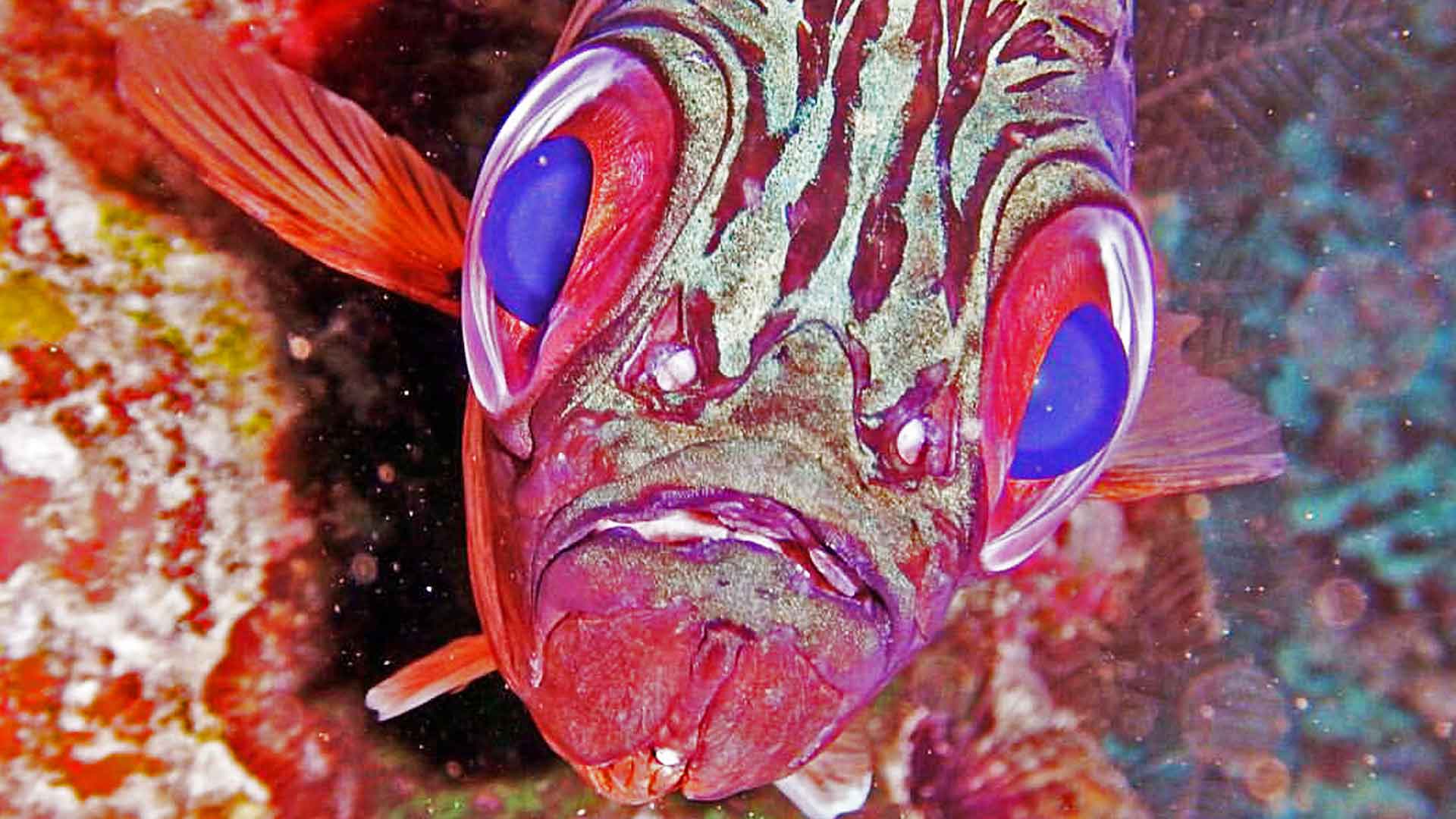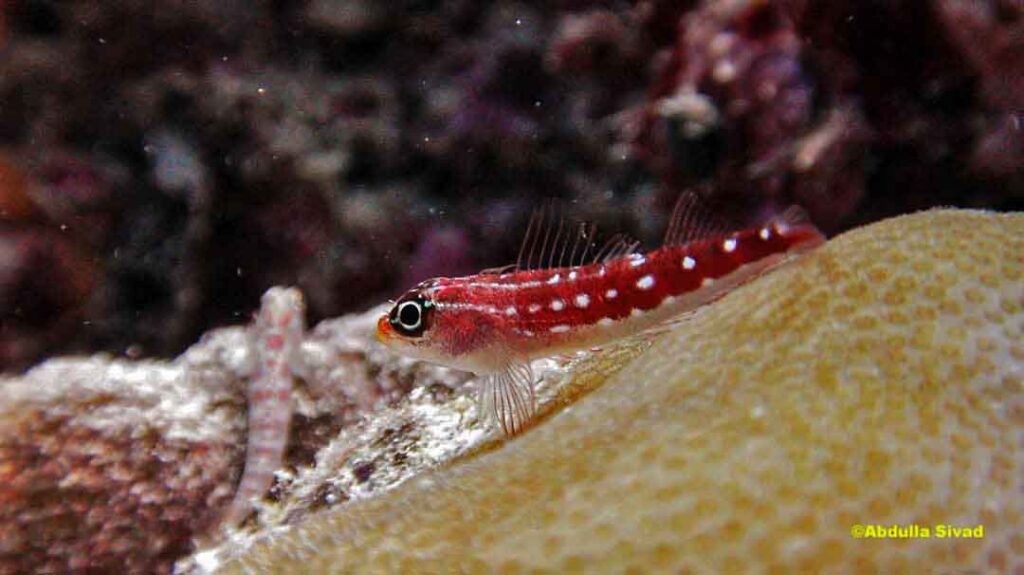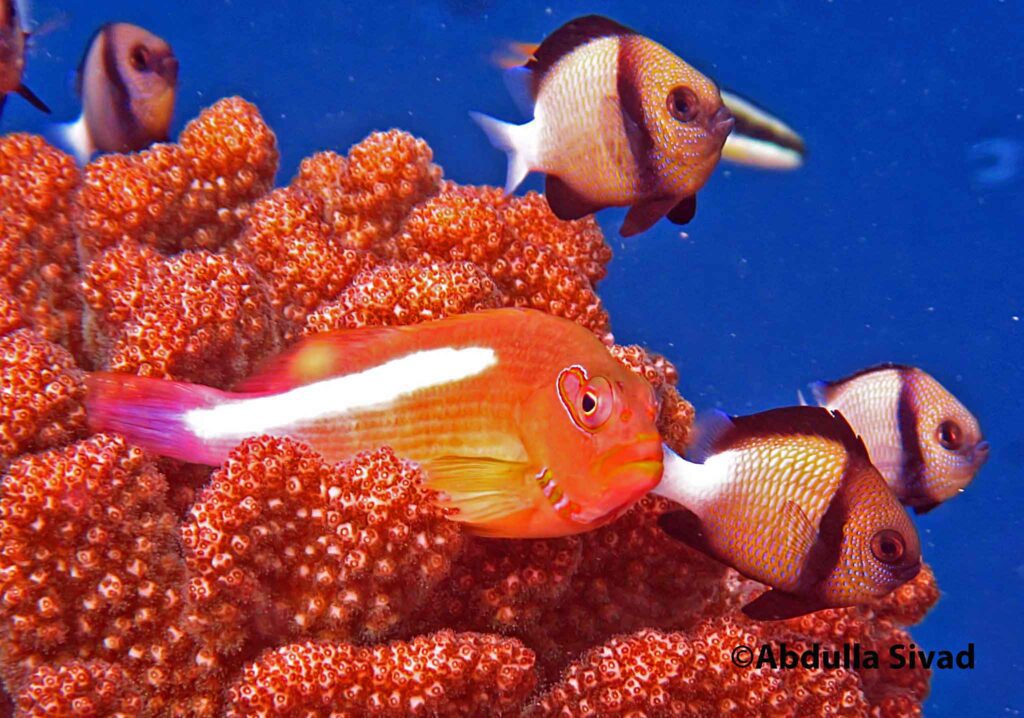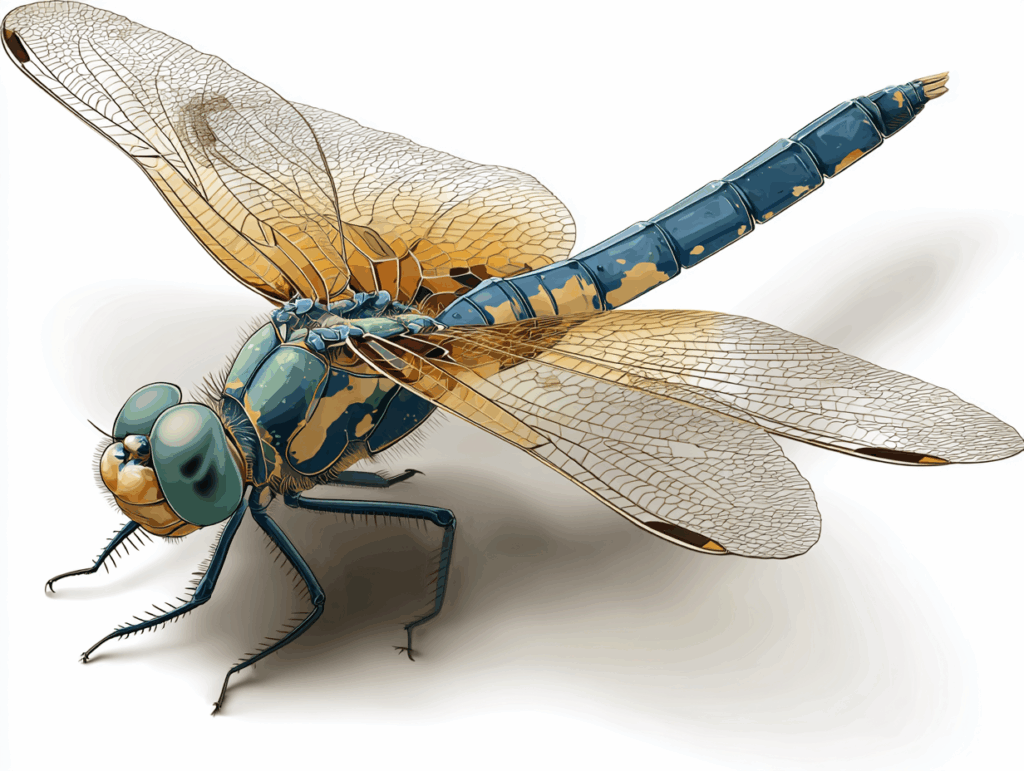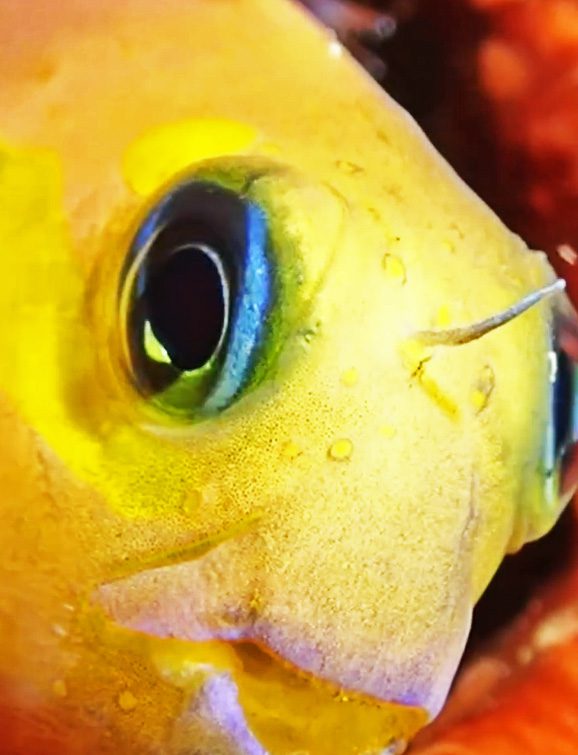
Radiation from electromagnetic fields is a type of energy. We represent this in terms of wavelengths. We can perceive wavelengths that fall between infrared and UV.
Many organisms on Earth can detect light at wavelengths other than this. And different animals can see different amounts of light. This change can happen at different times in the life of an organism.
This is a series of articles I’ve chosen to publish under the title “Diver’s Lens.”
Using photos and videos taken by photographers or divers, these articles aim to provide scientific and species-related information about the Maldives.
The photographer or diver has granted permission for the publication of the photos and videos in these articles. Furthermore, we publish additional informative and scientific descriptions with the photographer’s or diver’s permission. In this article, I’ve chosen photos and videos of blennies from Sivad’s underwater treasure trove.
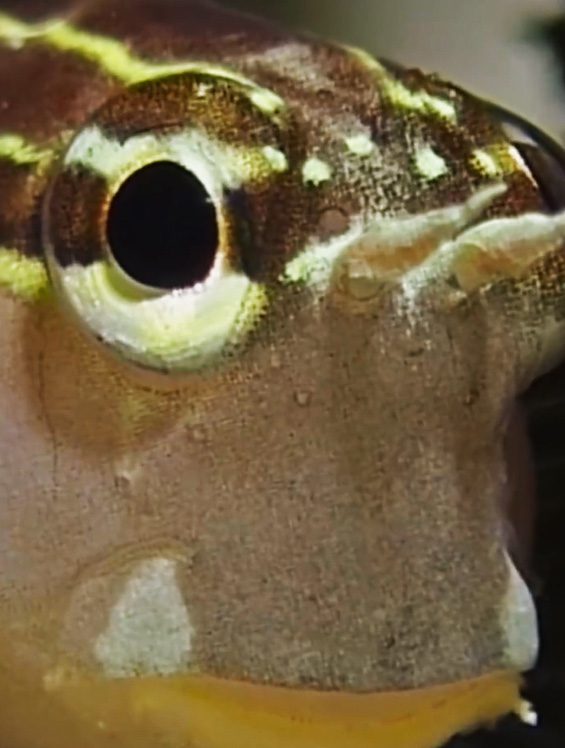
Light with wavelengths from UV to red can be seen by zebrafish. Young zebrafish can also see 860 nm near-infrared light. At night, however, they close their eyes and become less active than they were during the day.
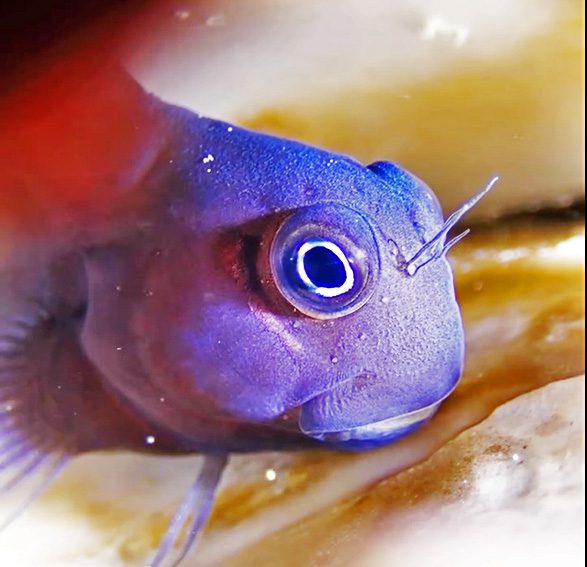
At a depth of about 750 meters, it is dark and cloudy. At a depth of about 1000 meters, it’s night for them. But a lot of fish live past this point.
As mentioned previously, wavelengths are parts of visible light. Most of the time, red is longer than violet. Red is the first colour that is taken in. At a depth of approximately one meter, the organism absorbs 25% of the red light. This means that as the depth goes up, visibility goes down.
Some fish can’t see colours
Rays and sharks can’t see colours, but that doesn’t bother them. The most sensitive range for species that live in shallow water is about 500 nanometres. For species that live deeper, this ranges from 475 to 480.
Between the lens and the iris, there are two structures that comprise the interior of the eye. This tiny portion of the eye in front of the lens is known as “aqueous humour”. The space behind the lens, which is the main part of the eye, is filled with a liquid called “vitreous humour.”
The iris of a fish’s eye doesn’t move at all in teleosts but moves very slowly in elasmobranchs like sharks and rays.
A fish lens is round
An eye of a fish has a lens that is completely round. The lens’s shape is fixed, which means that it can’t be changed to make it easier to focus on things that are closer or farther away.
The fact that fish’s eyes tend to stick out from their heads and the way they normally move in circles means that they usually have pretty excellent all-around vision.
Eyes on top; eyes on sides
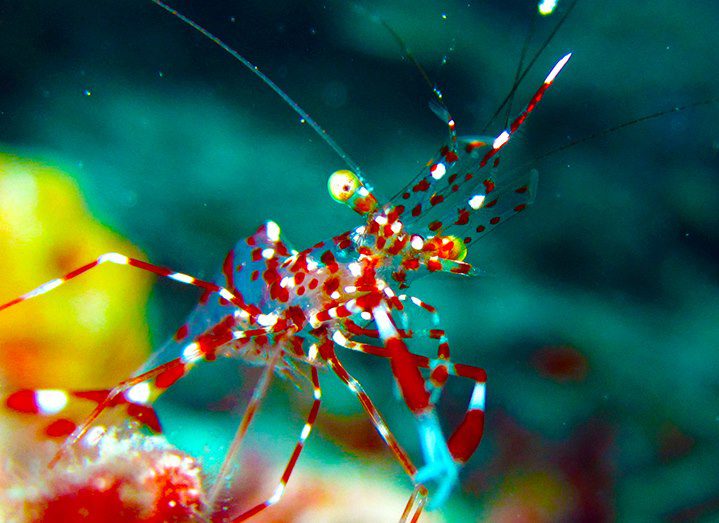
Some fish have their eyes on the sides, while most have them on top of their heads. Opisthoproctus soleatus is the name of a fish that lives in the deep sea and has mirror-like eyes on its head.
These eyes look straight up into the sky. The Mud Skippers, Periopthalmus sp., have eyes on big turrets that give them excellent vision all around. When they’re in the mud, they can also clean and grease their eyes by pulling them into the turret.
This is a short piece about the incredible beauty and power of fish eyes. These biological and scientific facts demonstrate that their eyes are designed with various features that allow them to live, forage, evade predators, and survive in extreme depths and temperatures. And this is the complete perfection of God’s ultimate creation.
